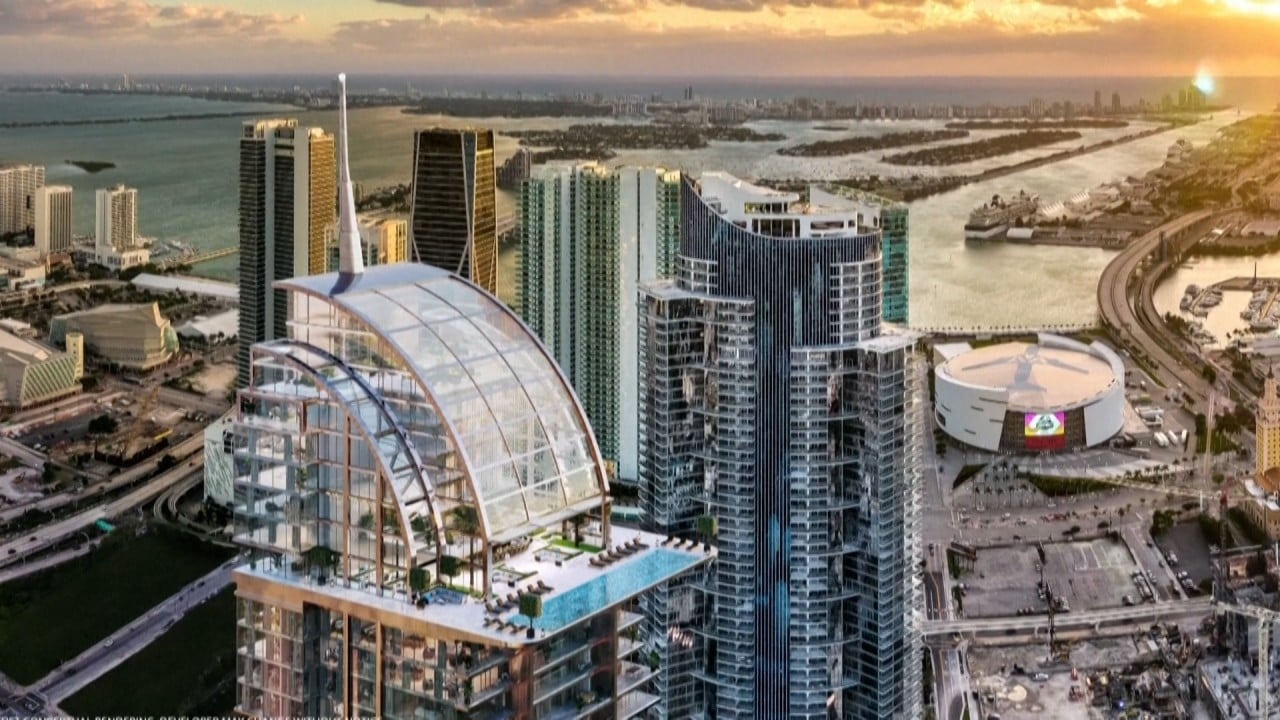Outside In | Unlike in New York, Hong Kong’s high-rise living has helped its communities thrive
- Building vertically was, in reality, Hong Kong’s only option due to the geology and climate, but the city has made the best of it
- Creating communities around MTR stations has strengthened rather than weakened community engagement and helped bind us together

A fuss over the latest super-tall tower to pierce the sky above New York’s Central Park has got me thinking about the neighbourhood-destroying potential of high-rise buildings and how Hong Kong’s community-wide adoption of vertical living is distinct and perhaps not as harmful.
Edwin Heathcote, long-standing architecture and design critic for the Financial Times, last week called Steinway Tower “a deposit of unimaginable wealth in the sky” that is divorced from the life of the city below. “Its ethereal profile makes it the purest illustration of architecture as an expression of surplus capital,” he said – not a home but a luxury good, “more like a land-bound yacht”.
Despite its height and cost, Steinway Tower has just 60 condominiums. As Samuel Stein at the City University of New York recently noted: “The problem with super-thin high-rises is not their size per se. It’s that so few people live in them … Instead of 60 gigantic condos, this building could fit 442 normal-sized apartments.”

